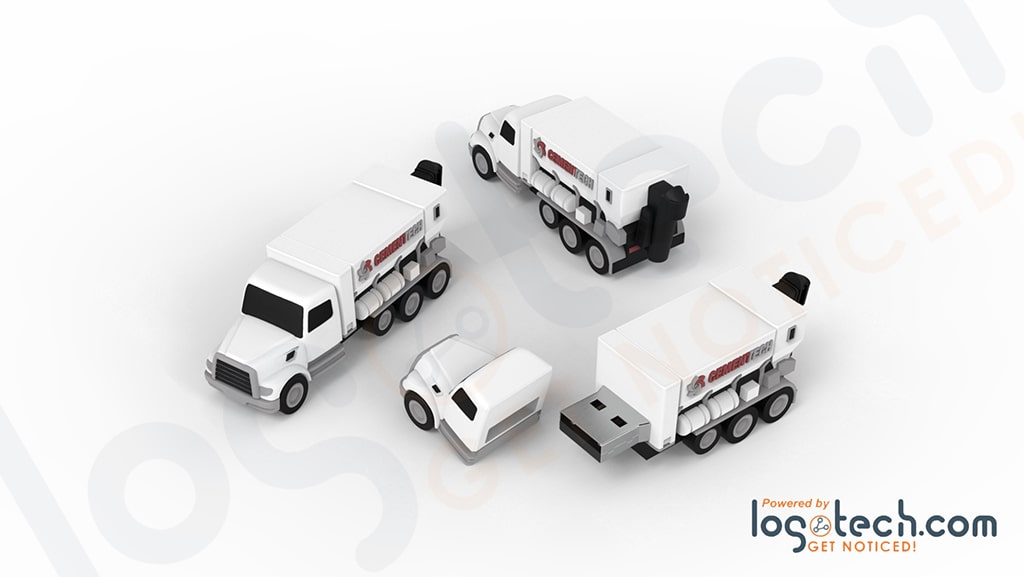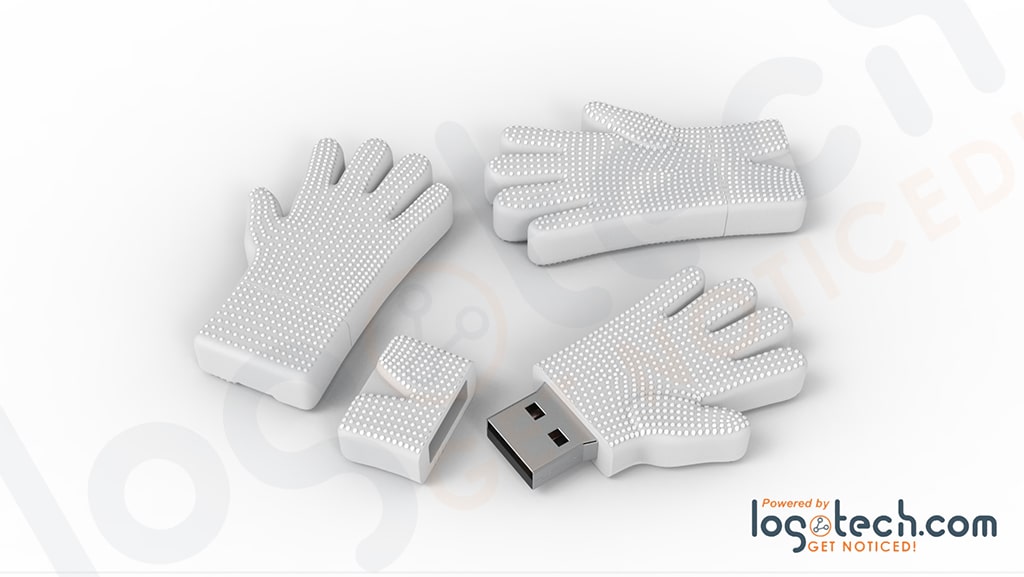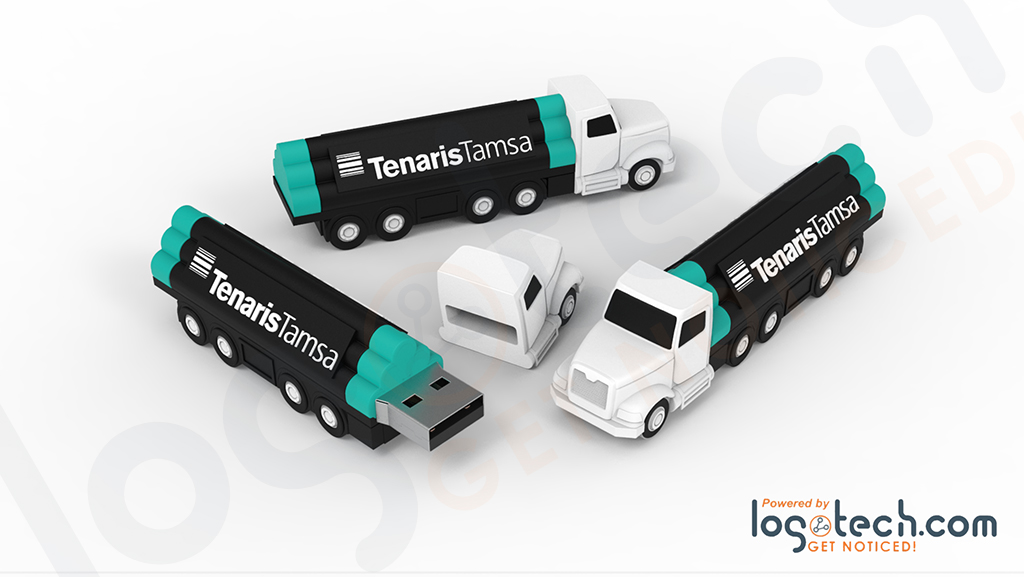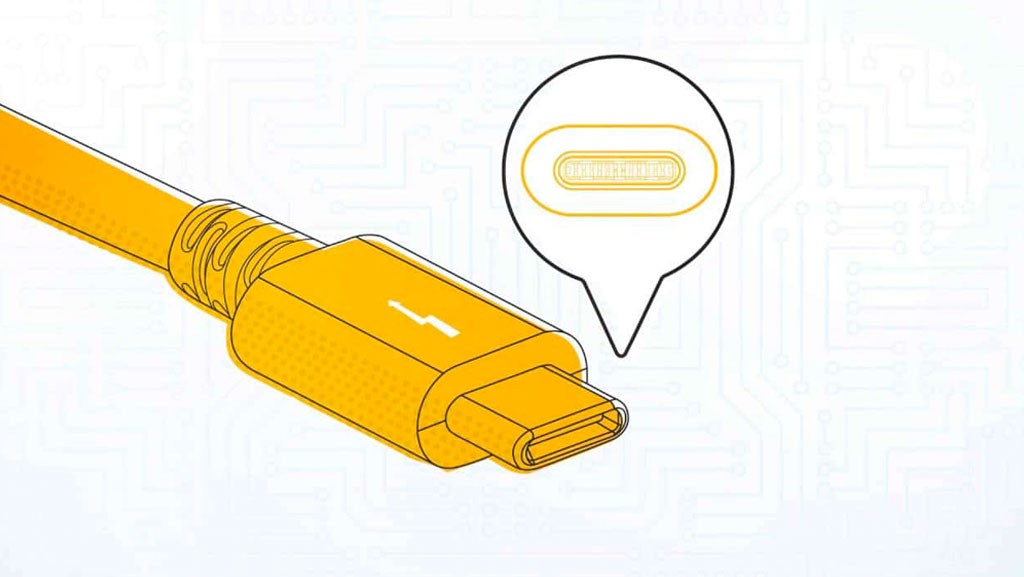
USB 2.0, 3.0: Now, USB4 with Thunderbolt Technology
Get up to speed on USB4, one of the biggest upcoming changes in USB technology
There is a fair amount of confusion about the different types of USB ports and speeds. We've written a basic explainer on the differences between USB-A, USB-B (micro and mini), and USB-C. Click here to read more.
Where it gets confusing is the different generations of USB specifications.
While the A, B, and C designations are connector types, 2.0, 3.0 (3.x Gen x, too), and now USB4 are generations of USB specs. Those generations establish specifications for connection, communication, and power supply between computers and devices.
In basic terms:
- USB 2.0 has a data transfer rate of 280 Mbit/second.
- USB 3.0 has a data transfer rate ranging from 5 Gbit/second to 20 Gbit/second, depending on the generation.
- USB4 will transfer at a rate of 40 Gbit/second.
USB 3.2 was 10x faster than USB 2.0. USB4 doubles the speed of that.
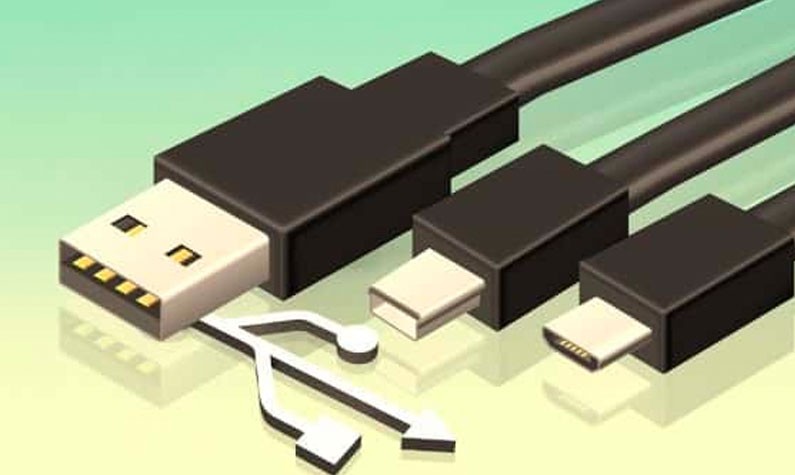
USB-C and 3.0 are not the same
Many people also conflate USB-C with USB 3.0 (or USB4). However, USB-C is JUST a port/connector shape. The USB generation inside the C port might be 2.0 without the later USB generations' faster transfer speeds and power supply capability.
Think of it this way. You may have a USB-C style connector that's just window dressing for a 2.0 connection, which can become a problem. USB-C promoters talk about the faster speeds, charging power, and two-way communication of a USB-C connection. But connect the wrong cable, and a power surge could damage whatever is on either end of those cables.
The USB Implementers Forum is working on preventing that. In January 2019, the non-profit organization that developed the Universal Serial Bus specifications launched its USB Type-C Authentication Program. It marked a significant milestone for the optional USB security protocol.
By using this protocol, host systems can confirm the authenticity of a USB device, USB cable, or USB charger, including such product aspects as the capabilities and certification status. According to the Implementers Forum website, all of this happens right at the moment of connection before inappropriate power or data is transferred.
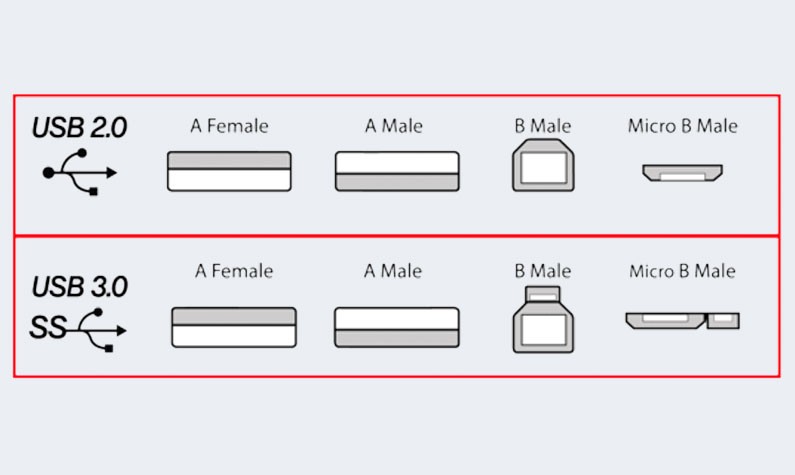
Then, in March, the Implementers Forum announced the pending release of USB4 specifications. The group tossed out its previous naming conventions (2.0, 3.x Gen x).
But the biggest change is the new specifications based on Thunderbolt technology. We wrote some more about that here, too.
As more USB-C and USB4 products become available, consumers will see more on the market. We have a vast line of USB 3.0 flash drives to pick from, offering the fastest speeds on the promotional market.





